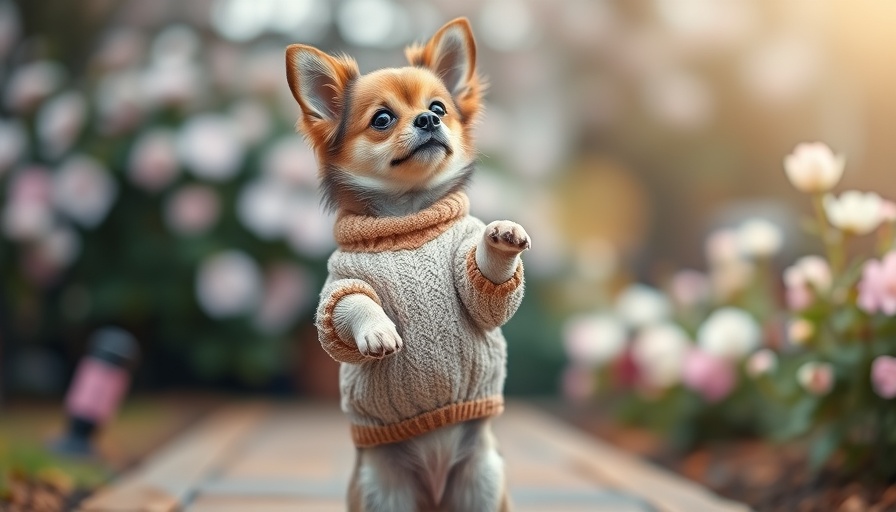
Celebrating Our Four-Legged Friends: The Latest Winners
The Dogster Photo Contest continues to spotlight the incredible personalities of our beloved pets! Keeping the charming interplay between dogs and their owners alive, the winners from our latest competition showcase the vibrant and playful spirit that dogs bring into our lives. Join us as we celebrate these delightful pooches and the joy they bring to their families.
Meet Queen Pruitt: The Crowned Winner
This week, we are thrilled to announce the winner of our weekly contest: Pruitt, the Yorkshire Terrier! Known as "Queen Pruitt," she has charmed everyone with her adorable begging stance, which she perfected to ensure maximum treat appeal. Dog parents across our community can relate to the endless delight found in their dog’s quirky habits.
Most Expressive: Heidelberg’s Baxter von Alyssak
Second on our list is Heidelberg’s Baxter von Alyssak, a stunning German Shepherd who embodies the meaning of a true best friend. Hailed as a multipurpose show, sport, and service dog, Baxter has shown us what energy and enthusiasm signify. His ability to bring comfort to his human companions further establishes the strong bond we share with our dogs.
Why Pet Contests Matter for Dog Owners
Dog contests, like the Dogster Photo Contest, are more than just fun—they reflect the close relationship between dogs and their families. These events encourage dog parents to celebrate their furry friends, creating a sense of community among dog owners. They also provide an opportunity to share stories, tips, and laughter.
Unleashing Joy: The Role of Social Connection
Understanding the social aspect of pet ownership highlights why contests resonate with us. Pets often play a critical role in promoting socialization. Sharing photos of our pets—whether through contests or just on social media—helps dog parents connect with other pet lovers, forging newfound friendships and support networks.
Creative Ideas for Dog Owners Entering Photo Contests
If you want to enter your dog in upcoming photo contests, consider these tips:
- Highlight Personality: Capture your dog’s unique quirks, just like Queen Pruitt’s begging stance. This can make your entry stand out!
- Use Natural Lighting: Take outdoor photos during the golden hour to showcase your dog at their best.
- Involve Themed Costumes: Some contests allow costume entries. Get creative and let your dog wear something that brings out their personality!
Looking Ahead: Trends in Pet Contests
As more dog owners embrace the idea of sharing their pet’s lives through various media, contests will likely become an even bigger sensation. Dog parents are seeking ways to celebrate their dog’s achievements and daily antics, reflecting the bond they share. Social media platforms are also shaping this trend, allowing owners to showcase their dogs and dive into a vibrant community.
Join the Fun—Share Your Pet!
Are you ready to become part of this joyful community? We encourage all dog parents to take part in our ongoing contests! Whether you are entering your dog or simply enjoying the showcased pictures, these events are about celebrating the love we have for our pets. Follow Dogster for updates and get involved in upcoming contests!
Reflecting optimism and unity, pet contests like the Dogster competition foster meaningful connections. Showcase your furry friend’s personality and share in the excitement—and who knows? Your dog might be the next star!
 Add Row
Add Row  Add
Add 




Write A Comment